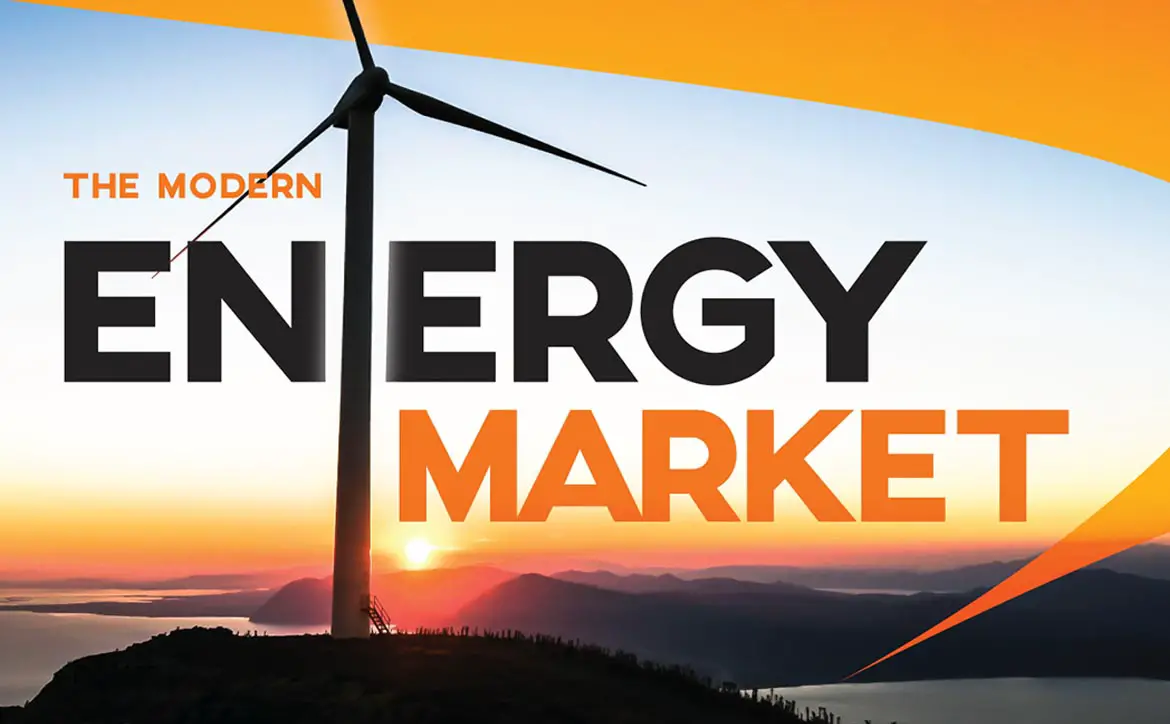By now, the need for renewable energy ranks high on everyone’s lists for necessary improvements on a national and global scale. In fact, 71% of Americans believe that clean energy should be a priority, and the global market for renewable energy will reach $1.5 trillion by 2025.
Estimated reading time: 3 minutes
Here in the US, the sustainable energy economy is growing steadily. In 2019, the US contained the equivalent of 43.5 million renewable energy powered homes, and Americans had purchased more than 3 million alternative fuel vehicles (2.14 million flex-fuel and 1.2 million electric.) Not only that, but to date, solar power has generated 250,000 jobs and $18.7 billion in investments, and wind power has generated another 120,000 jobs and $14 billion in investments.
Americans are eager to embrace renewable energy, as 50% say they would purchase renewable energy if given the option. Almost half would be willing to pay an average of $15 more per month to use renewable energy. Three out of four Americans want to reduce pollution, with water and air pollution being at the top of the list. Seventy-two percent are also concerned for future generations, and they want to provide a better life for them. More than half believe that sustainable energy will provide better health outcomes as 62% believe that coal is dangerous and 53% believe that nuclear energy is dangerous, compared to only 5% when it comes to thoughts about wind/solar energy. Fifty-eight percent of Americans also believe that sustainable energy will be better for the economy, and 38% believe that wind/solar is cheaper than coal.
It seems like a no-brainer that our progress toward sustainable energy is a very good thing, but unfortunately, there are already issues with our new energy sources. Clean energy is built on batteries, and right now, most of those batteries are lithium-ion. Lithium-ion batteries were invented in 1912, and they aren’t very different today than they were back then. These batteries fuel everything from vehicles to cell phones. The issue is that these batteries have some serious limits as far as efficiency, production, safety, and recycling. They may be better than traditional energy sources, but they aren’t a truly sustainable solution.
Fortunately, there is another option. Vanadium flow batteries don’t degrade like lithium-ion batteries. They can last more than 25 years and can be fully charged and discharged throughout their lifetime. Their water-based construction makes them non-flammable and non-explosive, and therefore safer than lithium-ion, and recycled vanadium can actually retain full functionality, making them the truly sustainable option.
As our nation is making the changes from traditional to sustainable energy, making the switch to sustainable vanadium batteries just makes more sense.

What do you think about a sustainable energy market and vanadium batteries? Let us know on Twitter, or MeWe.










